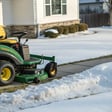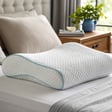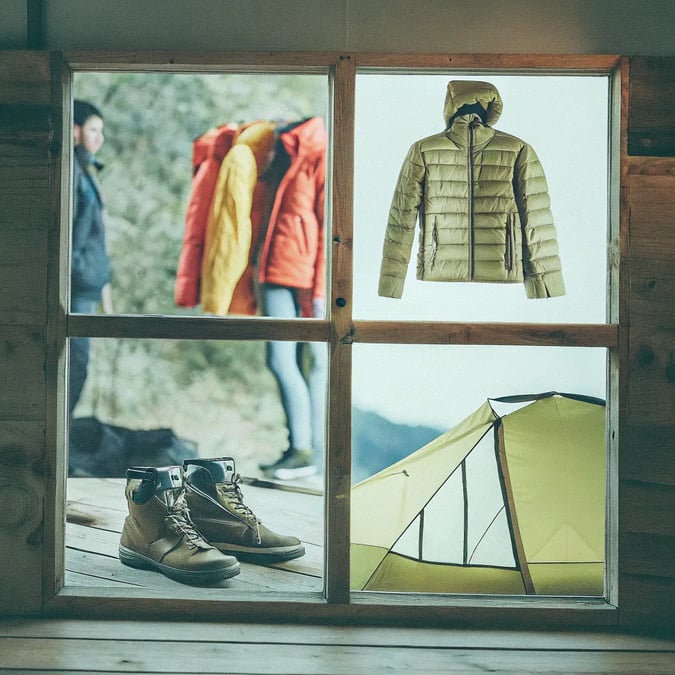
The right outdoor gear can make or break your adventure, whether you're hiking through summer trails or camping in winter wonderlands. I've spent countless weekends testing equipment in all conditions, and I'm excited to share what's worth your money in 2025. This guide covers essential gear for every season, with recommendations that balance innovation, durability, and value.
Spring Essentials: Navigating Unpredictable Weather
Spring adventures demand versatility. One minute you're basking in sunshine, the next you're caught in a sudden shower. I learned this lesson the hard way last April while hiking in the Cascades—my inadequate rain shell left me soaked and shivering.
Waterproof Shell Jackets: Your First Defense
The standout waterproof shell for 2025 is the Patagonia Storm10, which has been completely redesigned with their new eco-conscious membrane. At just 8.3 ounces, it packs down smaller than a water bottle but provides remarkable protection. I've worn mine through three downpours already this year, and it hasn't failed me yet.
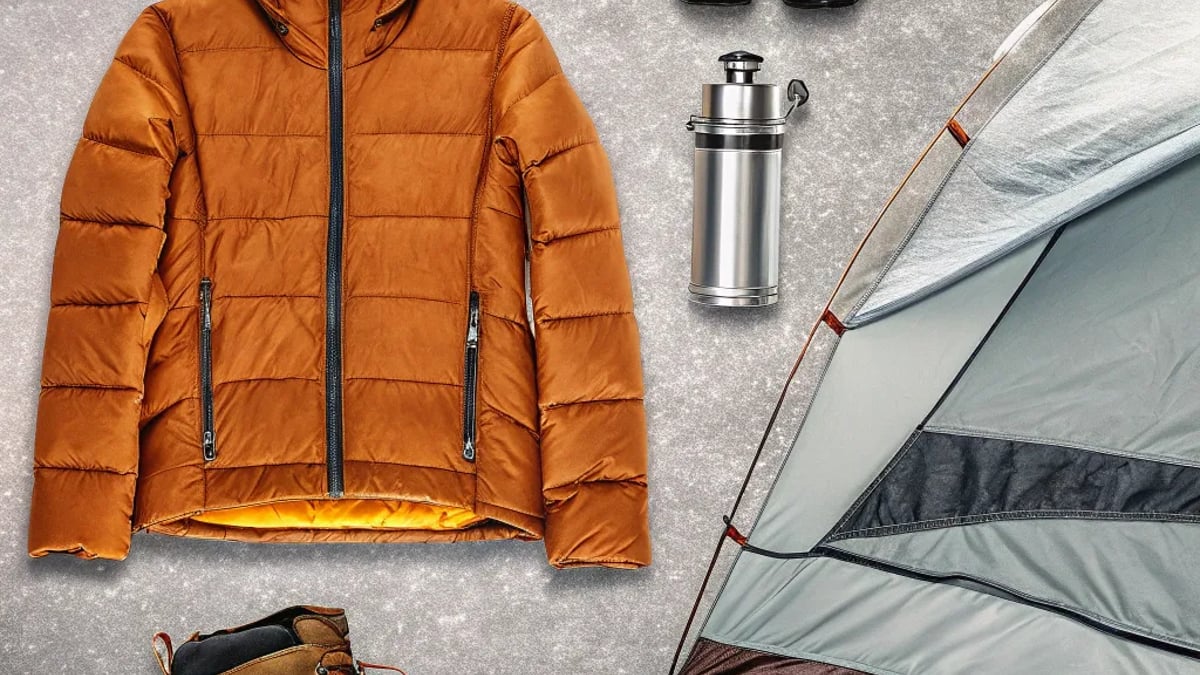
For those on a tighter budget, the REI Co-op XeroDry GTX offers similar performance at about 60% of the price. Remember that REI members get that 10% dividend at the end of the year, making it an even better deal if you're already a member.
Transitional Hiking Boots
Spring trails often feature mud, lingering snow patches, and stream crossings. The Salomon Cross Hike 2 Mid GTX strikes an ideal balance between waterproofing and breathability. Their quick-lace system is a game-changer when you're adjusting for comfort throughout the day as temperatures fluctuate.
For those preferring a more traditional boot, Merrell's new Moab 3 has finally addressed the durability issues of previous models. The reinforced toe cap and heel counter should extend their lifespan considerably.
Convertible Hiking Pants
The North Face Paramount Trail Convertible Pants remain my go-to recommendation. The zip-off legs convert smoothly to shorts when temperatures rise, and the fabric dries remarkably quickly after morning dew or light rain. The women's version features a more flattering cut this year without sacrificing functionality.
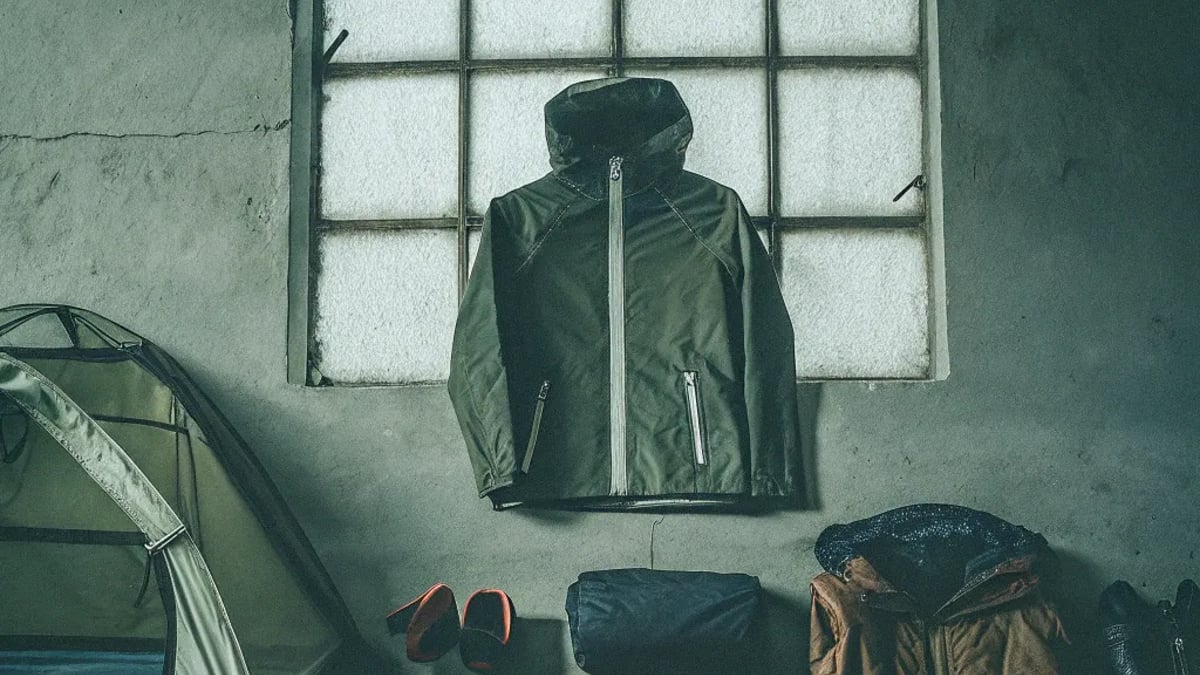
Summer Adventures: Lightweight Performance Gear
Summer brings opportunities for longer treks and overnight adventures. Lightweight gear becomes crucial as temperatures rise and daylight extends your journeys.
Ultralight Tents Worth Their Weight
The Big Agnes Copper Spur HV UL2 continues to dominate the lightweight tent category. The 2025 model features slightly more durable floor fabric while maintaining its impressively low 2.7-pound packed weight. I've used mine for 17 nights so far, and it's held up through some serious wind in the mountains.
A surprising newcomer is the Sierra Designs Meteor Lite 2, which offers similar space at a more accessible price point. It weighs about 4 ounces more but includes larger vestibules—a worthy tradeoff for many campers.
Hydration Systems for Hot Weather
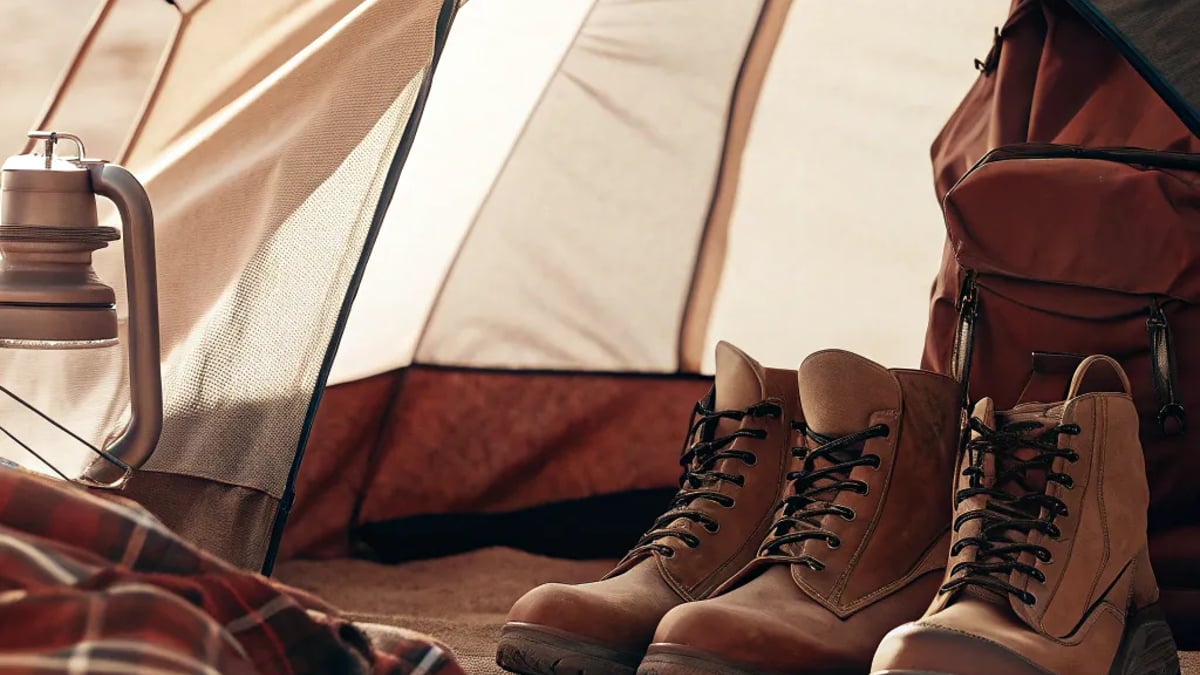
Proper hydration becomes critical in summer heat. CamelBak's new Quick-Link reservoir system solves the annoying cleaning problems of previous bladders. The quick-disconnect tube makes refilling and cleaning substantially easier during multi-day trips.
For day hikers, the Osprey Seral 7 hip pack includes a 1.5-liter reservoir that sits comfortably against your lower back, reducing the sweat issues that traditional backpack reservoirs can cause on hot days.
Sun Protection Essentials
Don't underestimate the importance of sun protection. Beyond standard sunscreen, consider Outdoor Research's Echo Hoodie, which offers UPF 15 protection while actively cooling your skin through its unique fabric technology. I wear mine constantly from June through September.
For head protection, Sunday Afternoons' Ultra Adventure Hat provides excellent coverage without trapping heat. The neck cape looks a bit dorky but has saved me from nasty sunburns on exposed sections of trail.
Fall Equipment: Embracing Changing Conditions
Fall brings spectacular colors but also rapidly changing conditions. Your gear needs to handle warm afternoons, cold nights, and everything in between.
Layering Systems That Actually Work
The layering game has evolved significantly in 2025. Patagonia's Capilene Air Hoody serves as an ideal base layer that regulates temperature remarkably well across a 40-degree temperature range. I've worn mine comfortably from 35°F mornings into 75°F afternoons.
For mid-layers, the Arc'teryx Atom LT Hoody has been redesigned with more breathable side panels while maintaining core warmth. It's not cheap at $260, but the versatility makes it worth considering if you're serious about fall adventures.
Headlamps for Shorter Days
Fall's earlier sunsets mean reliable lighting becomes essential. Black Diamond's Sprint 225 headlamp offers the best balance of brightness, battery life, and weight I've found. The rechargeable battery lasts about 4 hours on high and 20+ hours on low.
For those wanting maximum versatility, the new Petzl IKO CORE can transform from headlamp to lantern to handheld flashlight in seconds. This flexibility proves incredibly useful around camp as daylight fades.
Footwear for Varied Terrain
Fall trails often feature a mix of dry sections, mud, and occasional frost. The Altra Lone Peak 8 trail runners provide excellent traction across these varied conditions. Their wide toe box prevents the foot compression that can reduce circulation in colder weather.
For those preferring more ankle support, Vasque's Breeze AT Mid GTX handles fall conditions beautifully, with enough insulation to keep your feet comfortable as temperatures drop but not so much that they overheat on warmer days.
Winter Gear: Embracing the Cold Season
Winter adventures require specialized equipment that balances insulation, moisture management, and durability in harsh conditions.
Insulated Sleep Systems
According to Outside Online's 2025 Winter Gear Guide, sleeping bag technology has made significant advances. The Western Mountaineering Kodiak MF 0° down bag remains the gold standard for serious winter camping, providing exceptional warmth-to-weight ratio and compressibility.
For those on a budget, the Kelty Cosmic 0 offers respectable performance at less than half the price. Pair either with a Therm-a-Rest NeoAir XTherm sleeping pad (R-value 6.9) to ensure you're properly insulated from the cold ground.
Snowshoeing Equipment
Snowshoeing continues to grow in popularity as an accessible winter activity. MSR's Lightning Ascent snowshoes have been refined for 2025 with a more secure binding system that works reliably even with bulky winter boots.
For beginners or those on a budget, the Tubbs Frontier snowshoes provide excellent flotation and adequate traction at a more accessible price point. Just be aware they're slightly heavier than premium models.
Winter Clothing Systems
Effective winter layering starts with a proper base layer. Smartwool's Merino 250 remains my top recommendation, as it manages moisture exceptionally well while providing substantial warmth.
For outer layers, The North Face's Carto Triclimate jacket offers 3-in-1 versatility that adapts to changing winter conditions. The shell and insulated liner can be worn separately or combined, essentially giving you three jackets in one.
How Do I Choose the Right Gear for Multiple Seasons?
This is perhaps the most common question I receive from readers. Most of us can't afford separate gear setups for each season, so strategic purchases become essential.
The key lies in building a modular system around versatile core pieces. Start with these multi-season workhorses:
- A quality mid-layer like the Patagonia R1 Air Full-Zip Hoody works across three seasons
- Convertible hiking pants that adapt to temperature changes
- A reliable 3-season tent like the REI Co-op Half Dome SL 2+
- A sleeping bag with a comfort rating around 20°F (you can always unzip when it's warmer)
- A water filtration system that won't be damaged by freezing (like the Sawyer Squeeze when properly maintained)
From this foundation, add seasonal specialists as your budget allows. Perhaps winter-specific boots one year, a lighter summer sleeping bag the next. This approach spreads the investment while ensuring you're adequately equipped for immediate adventures.
According to gear testing experts at Outdoor Gear Lab, this modular approach typically saves 30-40% compared to buying complete seasonal setups.
Budget-Friendly Options That Don't Sacrifice Safety
Quality outdoor gear often comes with premium prices, but there are ways to build a reliable kit without breaking the bank.
Second-Hand Marketplaces
The used gear market has expanded dramatically. REI's Used Gear section offers quality pre-owned equipment with the security of REI's return policy. I recently picked up a barely-used Osprey pack for 55% off retail price.
Specialized sites like GearTrade and Outdoor Gear Exchange's consignment section provide similar opportunities with good selection and reasonable prices.
Rental Options for Seasonal Equipment
For gear you'll use only occasionally, rental makes financial sense. Many REI locations rent snowshoes, backpacks, and even complete backpacking kits. Online services like Outdoors Geek will ship rental equipment directly to your home.
This approach is particularly smart for winter-specific gear or items needed for a one-time trip to a different climate zone.
Last Year's Models
The outdoor industry's annual product cycle means last year's models often sell at significant discounts. The performance differences between consecutive model years are typically minimal—perhaps a slight weight reduction or color change.
Sites like Steep & Cheap and The Clymb specialize in previous-season gear at reduced prices. I saved nearly $200 on my current tent by purchasing the previous year's model.
Sustainable Gear Choices for 2025
Environmental consciousness continues to influence outdoor equipment design. Several brands have made significant strides in sustainability without compromising performance.
Recycled Materials That Perform
Patagonia remains the industry leader, with 64% of their 2025 line using recycled materials. Their Nano Puff jacket now uses 100% recycled polyester insulation and shell fabric without any performance penalty.
Cotopaxi's Teca windbreaker utilizes fabric left over from other companies' production runs, creating unique color combinations while reducing waste. The performance matches purpose-built jackets while the environmental impact is substantially lower.
Durability as Sustainability
Perhaps the most sustainable approach is buying gear that lasts. Brands like Fjällräven and Filson design products with repair and longevity in mind. Fjällräven's Keb Eco-Shell jacket costs more initially but includes a comprehensive repair program and construction that facilitates maintenance.
REI's Trailsmith collection specifically focuses on durability, with reinforced stress points and easily repairable designs. Their lifetime warranty further supports this sustainability-through-longevity approach.
Specialized Gear Worth The Investment
Some activities require specialized equipment that delivers significant benefits over general-purpose alternatives.
Packrafting Equipment
Packrafting—combining hiking with inflatable boat travel—has exploded in popularity. Alpacka Raft's Scout model provides an excellent entry point at a relatively reasonable price point ($645). At just 3.1 pounds, it opens up entirely new adventure possibilities.
For those just exploring the concept, Kokopelli's Rogue-Lite offers a more affordable entry point while still providing adequate performance for calm water exploration.
Climbing-Specific Backpacks
If rock climbing factors into your outdoor pursuits, a climbing-specific pack makes a tremendous difference. The Black Diamond Speed 30 features a streamlined design that won't catch on rock faces and a removable hip belt for climbing with a harness.
Patagonia's Ascensionist 35L offers similar climbing-friendly features with more sustainable materials and construction.
Photography Equipment for the Outdoors
Capturing your adventures requires specialized equipment. For those serious about outdoor photography, Sony's RX100 VII offers exceptional image quality in a compact, weather-resistant package.
For protection, Pelican's new Go G40 case provides waterproof storage for cameras and electronics at a fraction of the weight of their traditional cases.
Final Thoughts: Building Your Personal Gear System
The "perfect" outdoor kit doesn't exist—your ideal gear setup depends entirely on your activities, environment, and personal preferences. Rather than chasing the latest and greatest, focus on building a coherent system where each piece complements the others.
Start with versatile core items, then gradually add specialized pieces as you refine your outdoor interests. Test new gear close to home before depending on it in remote areas. And remember—even the most expensive equipment won't make up for inadequate planning or skills.
As you build your kit for 2025's adventures, prioritize reliability and versatility over marketing hype. The best gear is the equipment that becomes so seamlessly integrated with your experience that you barely notice it's there—allowing you to focus entirely on the natural world around you.
According to Travel and Leisure's camping gear guide, the most satisfied outdoor enthusiasts focus on quality over quantity, investing in fewer but better pieces that serve multiple functions. This approach not only saves money long-term but also simplifies the decision-making process when preparing for trips.
Whether you're upgrading your existing kit or starting from scratch, I hope this guide helps you make informed choices for your 2025 outdoor adventures. The right gear enhances safety and comfort—but it's the experiences that gear enables that truly matter.
Tags

About Aurora Lindstrom the Author
Aurora Lindstrom is a seasoned travel writer and passionate winter sports enthusiast, specializing in cutting-edge winter-sports-accessories. With over a decade of experience navigating snowy terrains from the Alps to the Rockies, she brings a wealth of knowledge on the latest gear technology to keep adventurers warm and safe in the chilliest of climates.
Recommended Articles
These 5 Holiday Ornaments Are Surprisingly Valuable
Discover five surprisingly valuable holiday ornaments that could enhance your collection while adding festive charm to your decor.
Winter Mower Deals Should You Buy a Zero-Turn in January
Explore the benefits and drawbacks of buying a zero-turn mower in January. Maximize savings and make informed choices for lawn care.
Cardiologists Flag These 4 Subtle Heart Symptoms You Shouldn’t Ignore
Learn to recognize subtle heart symptoms that could indicate serious health issues. Don't ignore these crucial signs – your heart health depends on it!
Neck Support in 2025: What Pillow Designers Are Focusing On
Explore the 2025 trends in neck support pillows, focusing on ergonomics, adjustable features, and cooling technology for better sleep quality.
These Spooky Costume Ideas Will Make You Stand Out
Discover unique Halloween costume ideas to stand out this spooky season. From classic horror characters to DIY creations, get inspired!

